
Football (soccer) plays a significant role in Spanish society, whether or not you are a fan of the sport. It reflects deep cultural rivalries and raises questions about national identity, providing a unique perspective on the country’s political complexities. Moreover, the quality of the game itself is world-class.
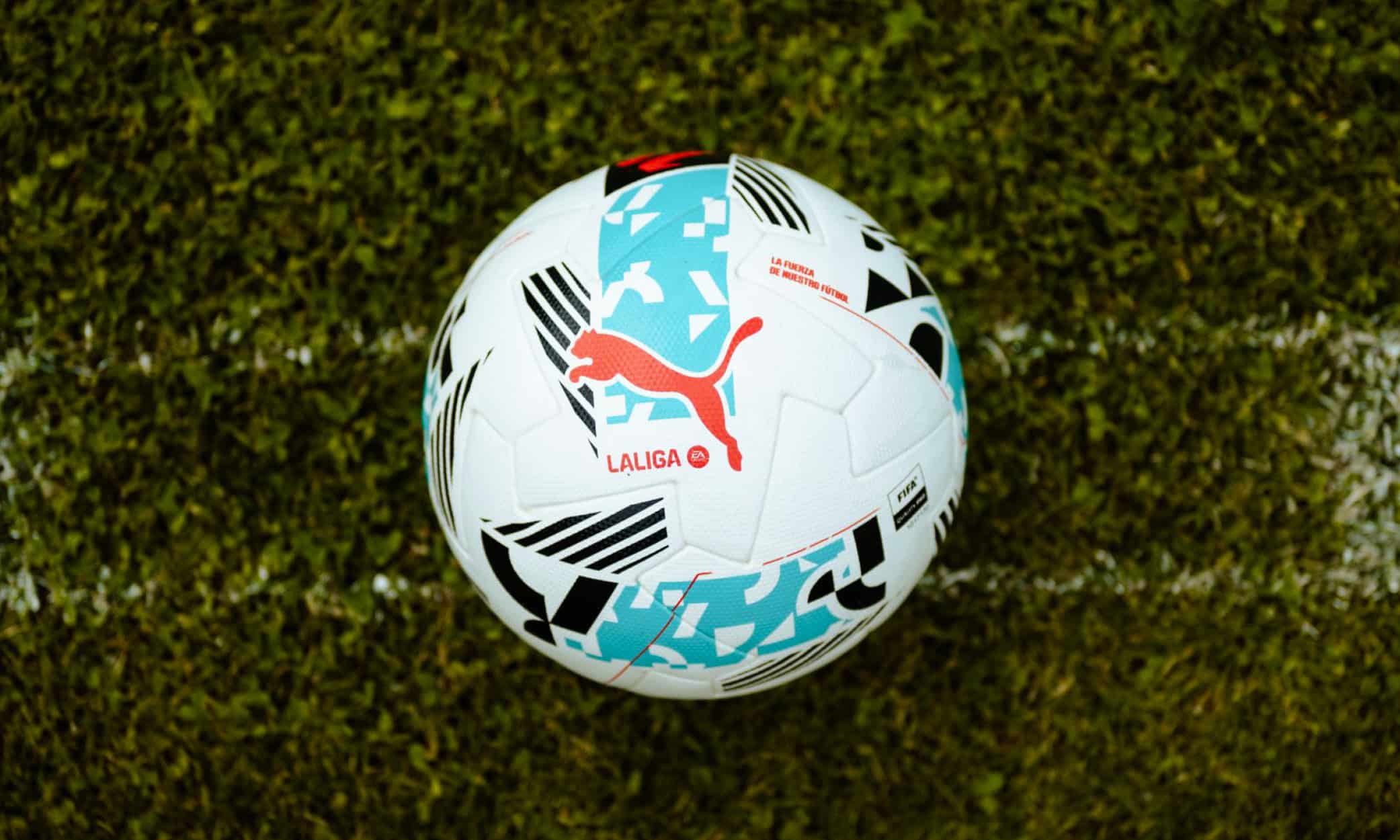
La Liga
For over twenty years, La Liga has been recognised as one of the world’s top football leagues. In continental competitions, Spanish clubs have led the way since 2000, excelling in both the UEFA Champions League and UEFA Europa League. Since then, La Liga teams have won 12 of the last 25 Champions League titles and finished as runners-up four times. The English Premier League follows with six victories, while Serie A (Italy) and the Bundesliga (Germany) each have three.
During this same period, Spanish sides have also lifted 12 of the last 24 Europa League trophies, with five finals contested entirely between La Liga clubs, a clear demonstration of the league’s depth and competitive balance.
It’s not just FC Barcelona and Real Madrid making headlines. Other Spanish clubs that have made their mark in Europe include Valencia CF, Atlético de Madrid, Sevilla FC, Villarreal CF, RCD Espanyol, and Athletic Club Bilbao. On the domestic stage, Deportivo La Coruña, Valencia CF, and Atlético de Madrid have all claimed the La Liga crown in the 21st century, underlining the strength across the league.
Regardless of whether you consider La Liga the best, it offers some of the best football available, and living on the Costa Brava means that world-class matches are just a short trip away.

FC Barcelona
Let’s start with the big one: FC Barcelona. Even if you don’t follow football, you’ve likely heard of el Barça. One of the founding members of La Liga, the Catalan club has never been relegated from Spain’s top division, a distinction shared only with Real Madrid and Athletic Club Bilbao.
The team has claimed 26 La Liga titles, second only to Real Madrid, along with 5 UEFA Champions League trophies, 31 Copa del Rey wins, and numerous other domestic and European honours. In 2010, at the height of their dominance, Barça’s famed youth academy La Masia made history by producing all three finalists for the Ballon d’Or: Lionel Messi, Xavi Hernández and Andrés Iniesta. Messi won the award, his second, and went on to set a record with 8 Ballons d’Or.
Messi, who arrived from Argentina at just 13, spent 20 years with the club, including 18 seasons in the first team. In 2021, despite agreeing to a new contract, financial constraints, La Liga salary cap rules, and previous poor management forced the Catalan club to let him go. He left on a free transfer to Paris Saint-Germain.
Barça’s success on the pitch is undeniable, but for many Catalans, the club means far more than sport. Its motto, més que un club (“more than a club”), reflects its role as a symbol of Catalan identity. During the Franco dictatorship, when Catalan language and culture were suppressed, supporting Barça became a statement of cultural pride and resistance. One of the club’s nicknames, La Blaugrana, refers to its colours: blau (blue) and grana (deep red).
Since Catalunya is not officially recognised as a national football team, FC Barcelona is, for many, the closest thing to a Catalan national side. Their fiercest rivals are Real Madrid, often seen as representing centralised Spanish power, and sometimes even called “Franco’s team”. When these two meet, the clash is known as El Clásico, one of the most watched football matches in the world, attracting global media coverage and millions of viewers.
Find tickets, tours, match schedules and club information via the official FC Barcelona website.
Spotify Camp Nou
Barcelona’s iconic home ground, Spotify Camp Nou, has long held the title of Europe’s largest football stadium, with a capacity of just under 100,000. For most fixtures, obtaining tickets has not been too difficult, unless you are aiming for El Clásico or a major UEFA Champions League match. The stadium is easily reached via the Barcelona metro (lines 3 and 5).
After Barça’s final home game of the 2022/23 season, extensive renovation works began. The updated venue will boast a capacity of 105,000, modernised facilities, and major sustainability features. Plans include a retractable roof with 30,000 m² of solar panels, a 360-degree video screen wrapping around the interior, and a rainwater collection system to support eco-friendly operations.
During the redevelopment, FC Barcelona home matches have been played at the Olympic Stadium in Montjuïc, the former home of RCD Espanyol, throughout the 2023/24 and 2024/25 seasons. With a capacity of around 50,000, it accommodates just over half of Camp Nou’s previous crowd size.
Although the initial aim was to return in late 2024, the club has officially confirmed that the team will be back at Spotify Camp Nou on 10 August 2025 for the Joan Gamper Trophy.
This reopening will be partial. Work is still ongoing on the roof, third tier, VIP zones, and surrounding infrastructure. The venue will start at a reduced capacity of about 27,000 seats, increasing to 45,000 and then over 60,000 during the 2025/26 season. Full completion, reaching the planned 105,000 capacity, is expected in summer 2026.
Once finished, the stadium will proudly carry the name Spotify Camp Nou. Visitors can look forward to Camp Nou tours, the Barcelona football museum, and unforgettable matchdays in one of the sport’s most celebrated arenas.
FC Barcelona Femení
Although FC Barcelona Femení was founded in 1970, a national women’s league in Spain did not begin until the 1988/89 season, which featured only nine teams. Over the years, the competition grew to include 18 sides. In the 2021/22 season, the league became professional, and the number of teams was reduced to 16.
In their early decades, Barça Femení did not secure major titles. However, in the ten years leading up to professionalism, they claimed six Primera División Femenina championships. Atlético de Madrid won three in that period, and Athletic Bilbao took one.
The 2021/22 campaign marked their first as entirely professional players, and they delivered one of the most dominant seasons in women’s football history: 30 wins from 30 matches, a perfect 90 points, with 159 goals scored and only 11 conceded.
That same season, they reached the UEFA Women’s Champions League Final, defeating Real Madrid Femenino 8–3 on aggregate and setting world-record attendances at Camp Nou: 91,553 fans for the quarter-final and 91,648 for the semi-final. Although they lost the final to Olympique Lyonnais Féminin, they were defending champions, having lifted the trophy in 2021, making FC Barcelona the first club ever to win both the men’s and women’s Champions League titles.
Since then, Barça Femení have continued their remarkable form, winning multiple domestic titles and cementing their status as one of Europe’s elite. Supporters can buy tickets for FC Barcelona Femení and experience top-level women’s football right here in Catalunya.
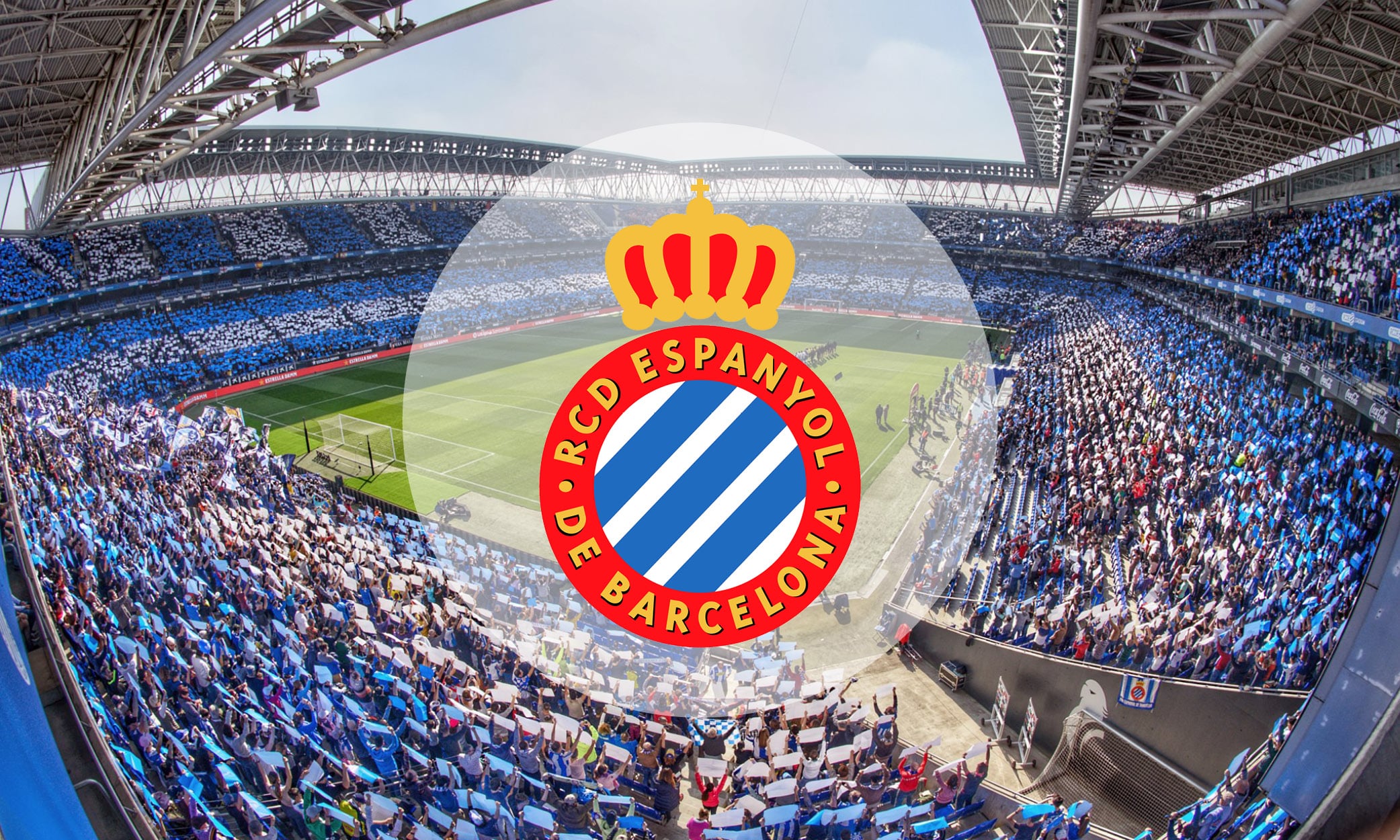
RCD Espanyol
Known as Barcelona’s second club, RCD Espanyol has a loyal fan base and a fierce rivalry with FC Barcelona, known as the Derbi Barceloní. Their home, the RCDE Stadium, seats 40,000 and is generally easier to get tickets for than Camp Nou. In 2024, they returned to La Liga after a brief spell in the second division.
Also a founding member of La Liga, RCD Espanyol is widely regarded as the more “Spanish” club in the city. Many of their supporters identify strongly with Spain and often oppose Catalan independence, in stark contrast to FC Barcelona and the majority of its fans, who are closely linked to the Independentista movement.
The rivalry between the two sides is intense, and the Derbi Barceloní is the most-played local derby in La Liga history. Espanyol have spent most of their history in the top tier and hold a unique record, the most seasons in the Primera División without ever winning the title.
Relegated at the end of the Covid-delayed 2019/20 season, they immediately secured promotion the following year. After another drop in 2022/23, they bounced back again in 2024, reclaiming their spot as Catalunya’s second club in Spain’s top flight.
Home matches take place at the RCDE Stadium in Cornellà de Llobregat, where the team has played since leaving the Olympic Stadium in Montjuïc in 2009. With FC Barcelona drawing much larger crowds, tickets for Espanyol matches are usually easy to find via the official club website, and it is a great chance to watch La Liga football without the scramble for seats.
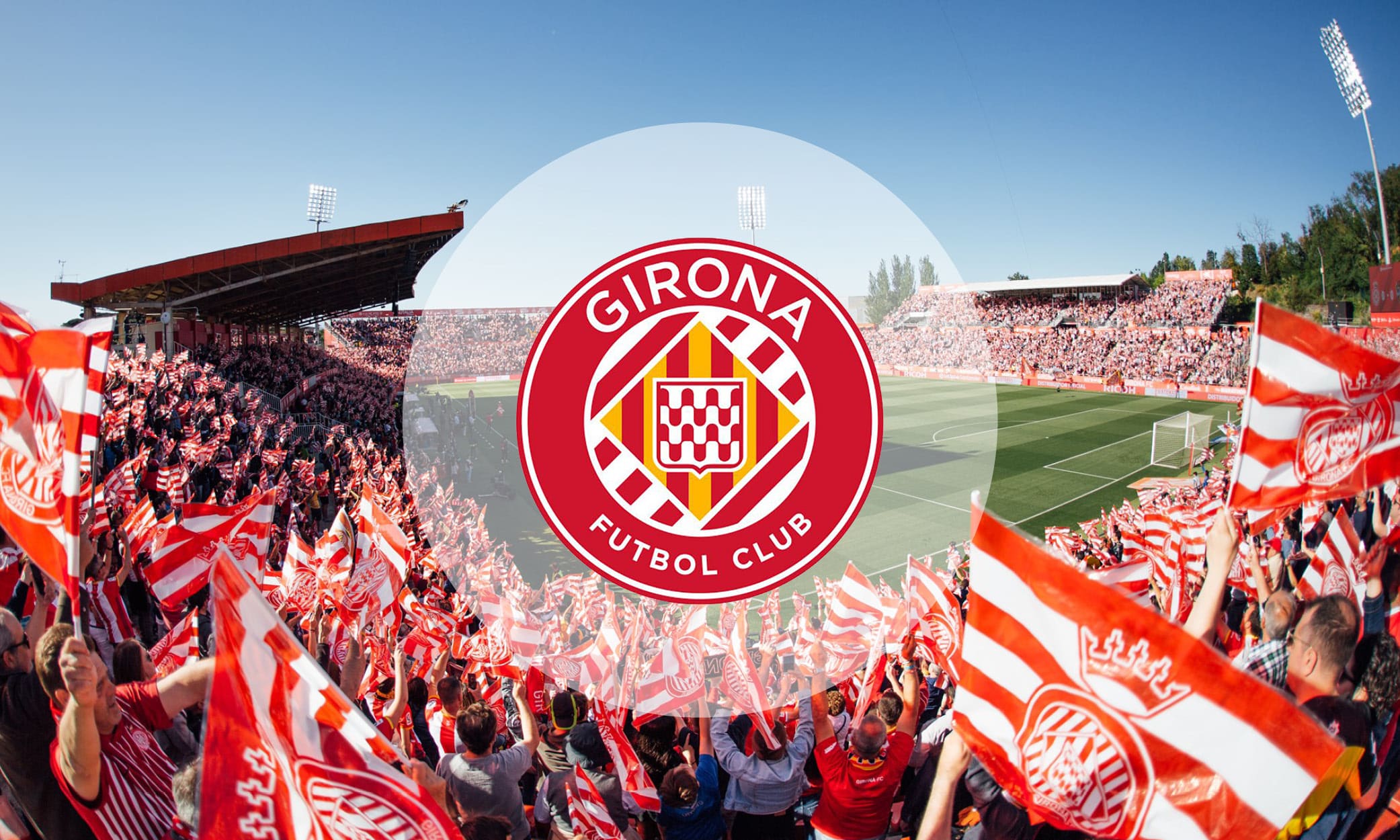
Girona FC
The third main football team in Catalunya is Girona FC. They play at Estadi Montilivi, a 14,500-capacity stadium located next to the university. Like other clubs, match-day ticket prices vary depending on the opponent, and you can search for tickets in English on their official club website.
Founded in 1930, Girona had never reached the top flight until the end of the 2016/17 season. After several near misses, losing three promotion play-offs in four years, they finally secured promotion to La Liga by finishing second in the division, avoiding the play-offs altogether. They went on to have the best debut season of any club in the league, even defeating Real Madrid in the process.
Upon promotion, 44% of the club was acquired by City Football Group, owners of Manchester City, New York City FC, and others. Despite the financial backing, Girona were relegated at the end of the 2018/19 season after just two years in the top tier. They came agonisingly close to returning in both the 2019/20 and 2020/21 seasons, losing in the play-offs despite promising first-leg results.
On 19 June 2022, they won the play-off final and returned to La Liga, finishing their first season back comfortably in the top half of the table. The 2023/24 campaign became the most remarkable in the club’s history. Girona beat FC Barcelona both home and away, with identical 4–2 scorelines, and secured UEFA Champions League qualification with four matches to spare, eventually finishing third.
The main question was where they would host their Champions League matches, as Montilivi did not meet UEFA requirements for that level. After considering venues such as Espanyol’s RCDE Stadium, the Olympic Stadium in Montjuïc, and USAP’s rugby ground in Perpignan, UEFA approved Montilivi as their home venue. However, only the original 9,000 permanent seats will be used, as the temporary stands added after their last promotion cannot be included. Tickets will be extremely limited, but Girona will keep their home advantage and matchday revenue.
Footie on La Costa Brava
If you want to watch a football match, there is no need to travel as far as Barcelona or Girona. Beyond the Primera and Segunda divisions, Spanish football is organised into geographic regions.
Following a major restructuring before the 2021/22 season, the former Segunda B (third tier) and Tercera (fourth tier) divisions were replaced, resulting in five tiers instead of four. The top two tiers remain unchanged, but the third is now called the Primera División RFEF, divided into two groups covering the north and south of Spain. This grouping alternates every second year, sometimes dividing the country east–west instead. RFEF stands for Real Federación Española de Fútbol.
The Segunda División RFEF (fourth tier) is also divided into geographical groups, with Grupo 3 featuring teams from Catalunya, Aragón, and the Balearic Islands. Lastly, the Tercera División RFEF has 18 groups, each representing a Comunidad Autónoma of Spain, with Grupo 5 representing Catalunya.
When UE Costa Brava merged with CF Badalona and relocated there before the 2022/23 season, the Costa Brava was left without a team in the LFP. This changed when FC L’Escala stepped up, more on them in a moment. Many other clubs from this region also compete in the Liga Catalana.
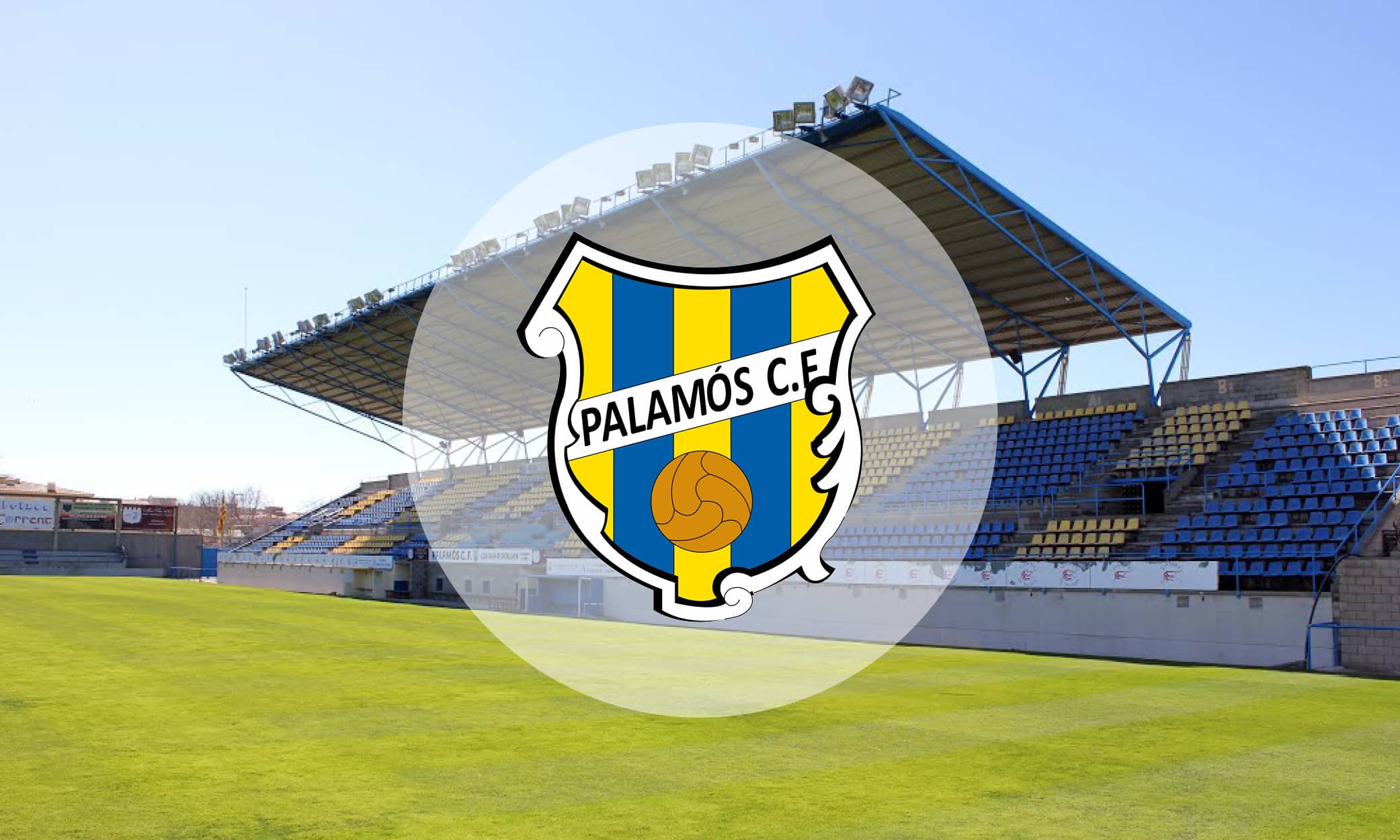
Palamós CF – Oldest Football Club in Catalunya
Founded in 1898, Palamós CF is the oldest football club in Catalunya and the second oldest still active in Spain, just behind Recreativo de Huelva. This proud Costa Brava side predates even FC Barcelona by a year.
Although they have never reached La Liga’s top division, the club competed in the Segunda División from 1989 to 1995 before being relegated to the fourth tier due to financial difficulties. In May 2018, Palamós dropped again from what was then the fourth tier to the regional Primera Catalana.
There is no need to book Palamós CF match tickets online; simply check the fixture list and head to the Nou Estadi Municipal de Palamós on match day. At one point, a merger with UE Costa Brava (formerly Llagostera) was considered, but it would have meant creating an entirely new club and losing Palamós’ historic status, something the board refused to accept.
In the 2022/23 season, Palamós finished second in their group but narrowly missed out on promotion to L’Escala. Following a restructuring of the Catalan leagues, they now compete in the Liga Élite Catalana, a higher-standard competition where promotion is much more challenging.
The Nou Estadi Municipal de Palamós has hosted matches for the Selecció de Futbol de Catalunya, international women’s U23 games, and top-tier training camps. It is also a key venue for the annual Mediterranean International Cup (MIC), a youth tournament where global stars, including Lionel Messi, have played.
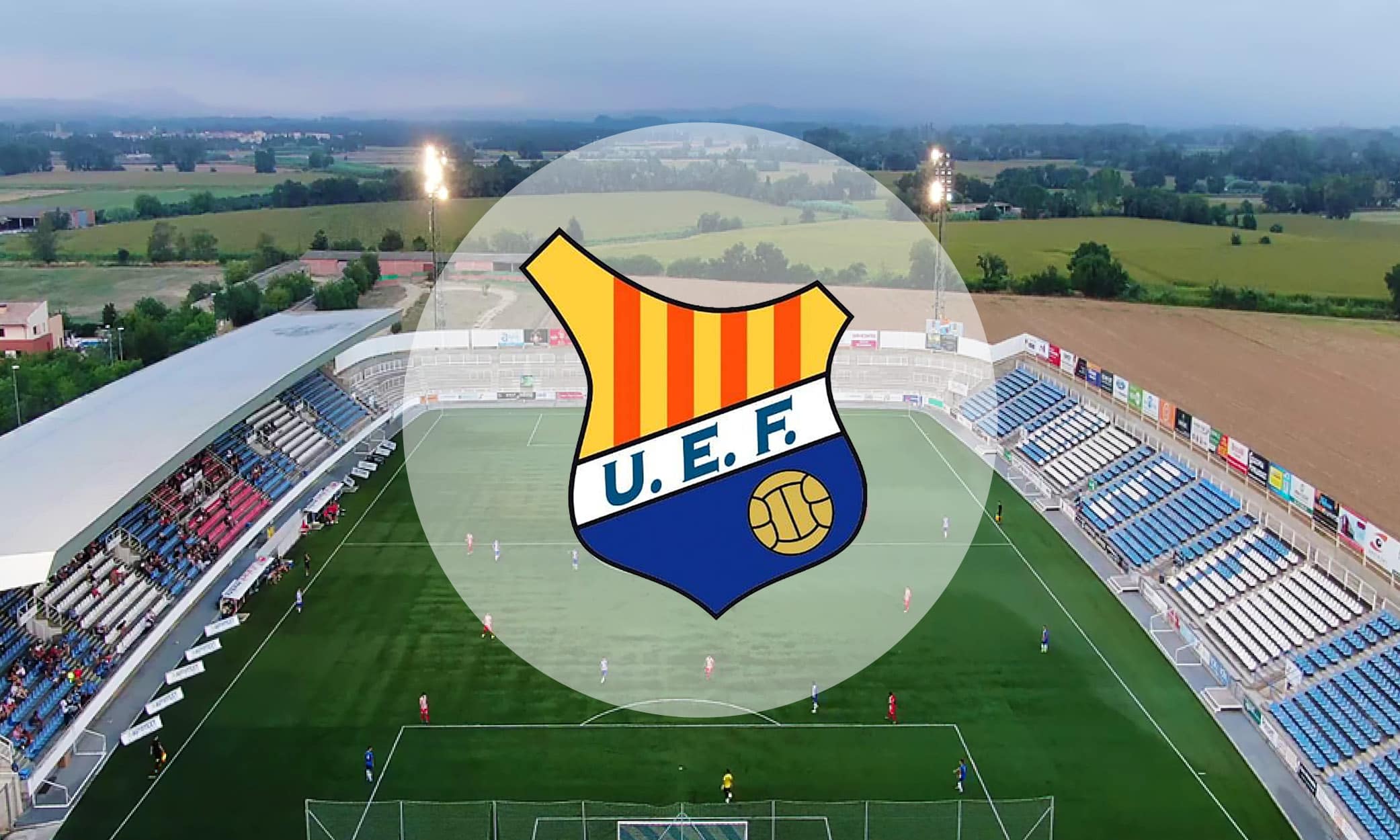
U.E. Figueres
Currently competing in the Liga Élite Catalana, Unió Esportiva Figueres was relegated from the national league at the end of the 2021/22 season. Founded in 1919, the club has fluctuated between divisions over the decades.
Their golden era was between 1986 and 1993, when they spent seven consecutive seasons in the Segunda División, overlapping with Palamós CF for four of those years, marking a high point for football in Empordà. In 2007, the then-club president and majority shareholder controversially relocated the team to Castelldefels, citing financial difficulties and limited local support.
Determined to keep football alive in the city, other shareholders and local fans re-founded U.E. Figueres, successfully maintaining 1919 as the official founding year. They had to restart in the Quarta Catalana, the lowest tier, but achieved five consecutive promotions to return to the national leagues by 2012.
After their return to the Catalan League in 2022, U.E. Figueres has continued to attract support for their Vilatenim stadium on the outskirts of town, which has a capacity of almost 10,000 and remains one of the more attractive football venues in the region.
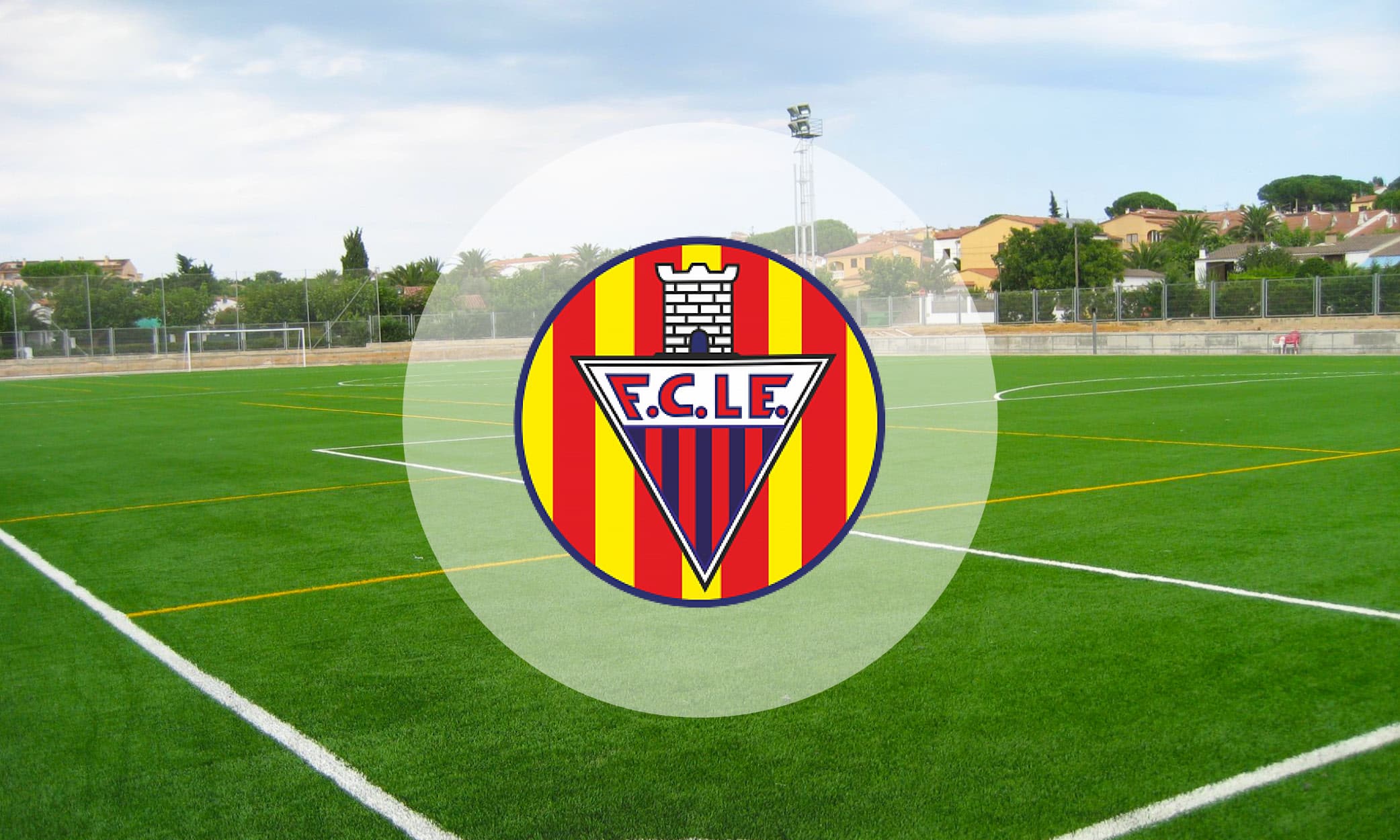
F.C. L’Escala
History was made in 2022/23 when F.C. L’Escala achieved promotion from the Primera Catalana to the Tercera División RFEF for the first time. In their debut season, they finished an impressive fifth, just three points shy of a playoff spot.
Their “stadium” has a capacity of around 500–700 and is situated on the outskirts of town. Previously, there was no need to buy tickets in advance for their matches, but it remains to be seen how they will fare now that they are part of the Spanish league system.
Perhaps they’ll need to undertake some Camp Nou-style renovations at the Nou Camp Municipal de L’Escala! You can wear your Barça shirt to the L’Escala Camp Nou too, their playing strip is also blau-grana!
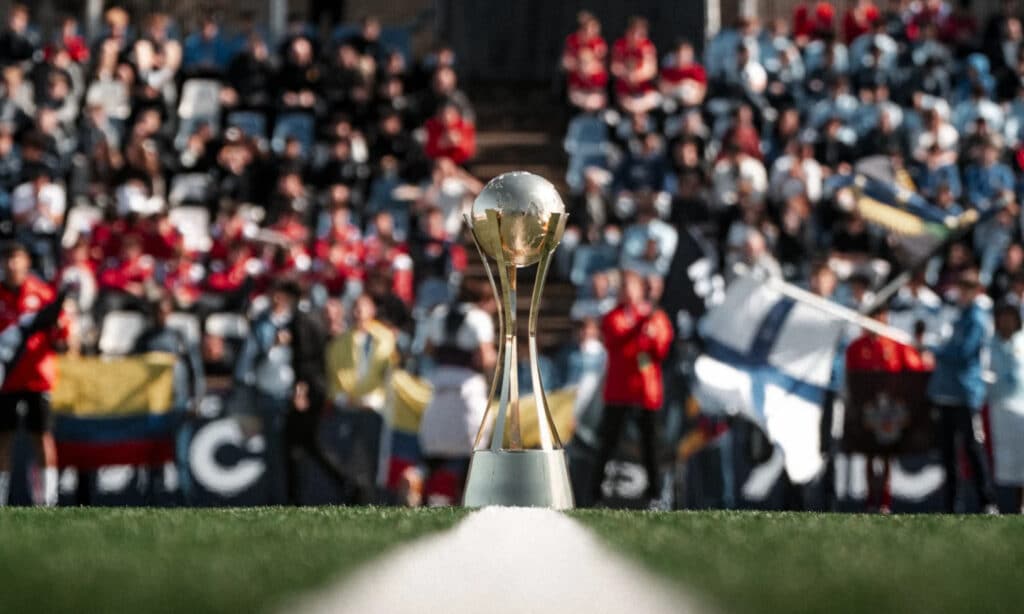
Mediterranean International Cup
Every Easter Week (Setmana Santa), the Costa Brava comes alive with the Mediterranean International Cup (MIC), one of the world’s most renowned youth football tournaments. Since its inception in 2001, it has attracted top academy teams from dozens of countries across multiple continents.
The event began in the Canary Islands as the Mundialito Islas Canarias, which is why it has the MIC acronym, before relocating to Girona in 2002, where founders Josep Colomer and Judith Estrada gave it a new name but kept the same initials.
Over 1,000 matches are played each year in more than 40 municipalities, featuring players from U12 to U19 levels. Many global football stars first rose to prominence here, and the atmosphere is full of energy. Who knows, you might just see the next Lionel Messi!







